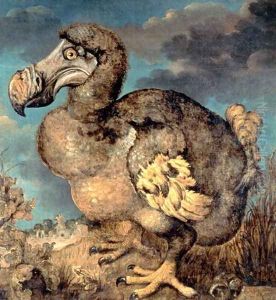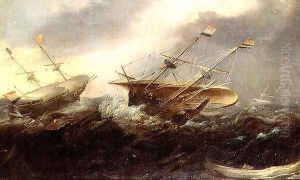Hans I Savery Paintings
Hans Savery, also known as Hans I Savery, was a Flemish artist born in Kortrijk, what is now Belgium, around 1550. He belonged to a prominent family of painters that had a significant influence on the development of Northern Renaissance art. Notably, Hans I Savery was the uncle of the more famous Roelandt Savery and Jacob Savery the Elder.
Hans I Savery’s early life and training remain a subject of speculation, as documentation from that period is scarce. However, it is believed that he started his career in the Southern Netherlands, where he would have been exposed to the rich artistic traditions prevalent there at the time. His works often depicted religious and mythological scenes, which were popular among the patrons of the era.
In the late 16th century, due to religious and political turmoil in the Low Countries, many artists including members of the Savery family, moved north. Hans I Savery likely spent some time in Haarlem in the Dutch Republic, where he would have come into contact with other artists and the growing market for artworks in the Northern Netherlands.
Hans I Savery's style was influenced by mannerism, a style that was popular in Europe during the late Renaissance. His paintings often featured elongated figures and an imaginative, if not fantastical, approach to composition and color. Sadly, not many of his works survive today, but those that do show a skilled hand and a creative mind.
The date of Hans I Savery's death is recorded as 1604. Despite his own accomplishments, it is through the works of his relatives, notably his nephews Roelandt and Jacob, that the Savery artistic legacy is best known. Their works would go on to shape the visual culture of their time and have a lasting impact on the history of art in the Netherlands.

